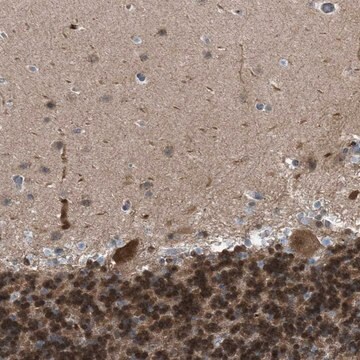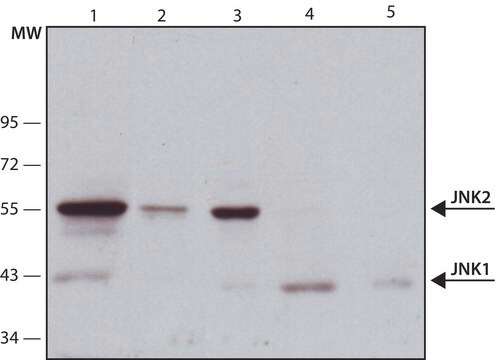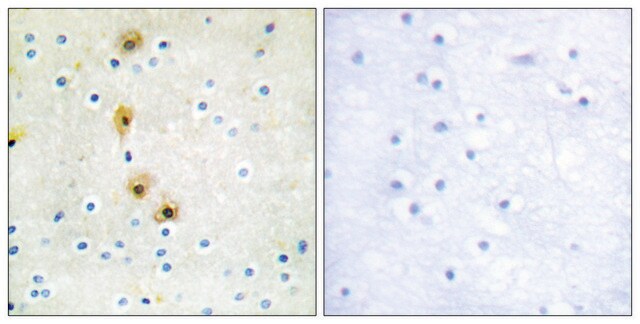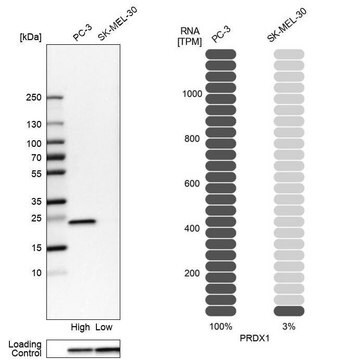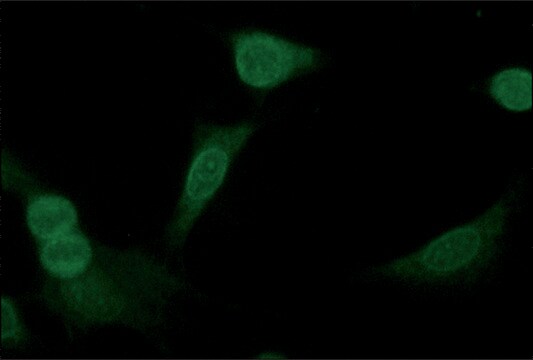C8977
Monoclonal Anti-CREB antibody produced in rabbit
clone 48H2, purified immunoglobulin, buffered aqueous glycerol solution
About This Item
Productos recomendados
biological source
rabbit
Quality Level
conjugate
unconjugated
antibody form
purified immunoglobulin
antibody product type
primary antibodies
clone
48H2, monoclonal
form
buffered aqueous glycerol solution
mol wt
antigen 43 kDa
species reactivity
rat, human, monkey, mouse
technique(s)
ChIP: 1:50
flow cytometry: 1:400
immunocytochemistry: 1:800
immunohistochemistry (formalin-fixed, paraffin-embedded sections): 1:6,400
immunohistochemistry (frozen sections): 1:6,400
immunoprecipitation (IP): 1:250
indirect immunofluorescence: 1:800
western blot: 1:1,000 using extracts from SK-N-MC cells treated with forskolin or FGF
isotype
IgG
UniProt accession no.
shipped in
wet ice
storage temp.
−20°C
target post-translational modification
unmodified
Gene Information
human ... CREB1(1385)
mouse ... Creb1(12912)
rat ... Creb1(81646)
Specificity
Immunogen
Physical form
Legal Information
Disclaimer
¿No encuentra el producto adecuado?
Pruebe nuestro Herramienta de selección de productos.
Storage Class
10 - Combustible liquids
wgk_germany
WGK 2
flash_point_f
Not applicable
flash_point_c
Not applicable
Certificados de análisis (COA)
Busque Certificados de análisis (COA) introduciendo el número de lote del producto. Los números de lote se encuentran en la etiqueta del producto después de las palabras «Lot» o «Batch»
¿Ya tiene este producto?
Encuentre la documentación para los productos que ha comprado recientemente en la Biblioteca de documentos.
Nuestro equipo de científicos tiene experiencia en todas las áreas de investigación: Ciencias de la vida, Ciencia de los materiales, Síntesis química, Cromatografía, Analítica y muchas otras.
Póngase en contacto con el Servicio técnico
